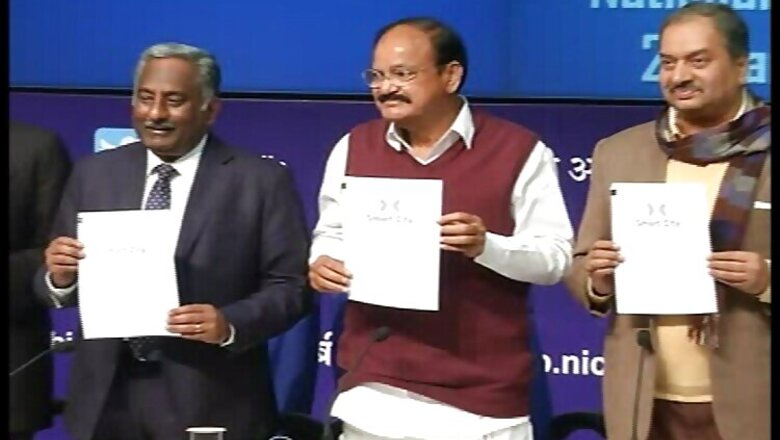
views
In the approach of the Smart Cities Mission, the objective of the government is to promote cities that provide core infrastructure and give a decent quality of life to its citizens, a clean and sustainable environment and application of ‘Smart’ Solutions.
The focus of the mission is on sustainable and inclusive development and the idea is to look at compact areas, create a replicable model which will act like a light house to other aspiring cities.
The total number of 97 smart cities have been distributed among the States and UTs on the basis of an equitable criteria. The formula gives equal weightage (50:50) to urban population of the State/UT and the number of statutory towns in the State/UT. Based on this formula, each State/UT has a certain number of potential smart cities, with each State/UT having at least one.
The distribution of smart cities will be reviewed after two years of the implementation of the Mission. Based on an assessment of the performance of States/ULBs in the Challenge, some re-allocation of the remaining potential smart cities among States may be required to be done by MoUD.

The core infrastructure elements in a smart city would include:
i. adequate water supply,
ii. assured electricity supply,
iii. sanitation, including solid waste management,
iv. efficient urban mobility and public transport,
v. affordable housing, especially for the poor,
vi. robust IT connectivity and digitalization,
vii. good governance, especially e-Governance and citizen participation,
viii. sustainable environment,
ix. safety and security of citizens, particularly women, children and the elderly,
and
x. health and education.




















Comments
0 comment